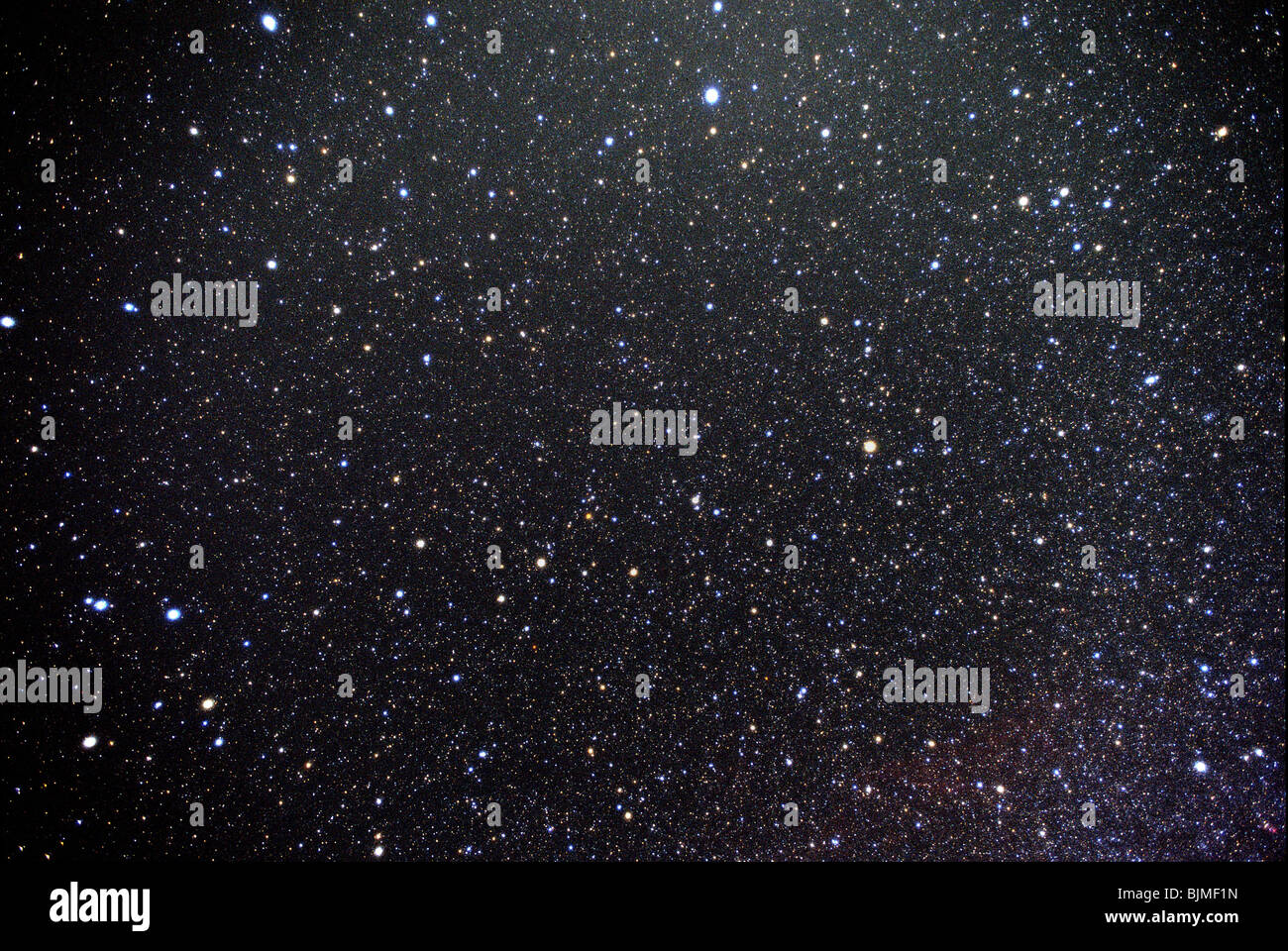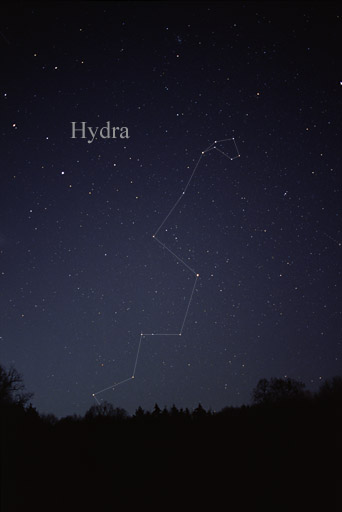

The Hydra constellation is the largest constellation on record, covering 1303 square degrees of the southern sky. In the months around November, you can observe the constellation on the southern horizon. It also features Cursa, a white giant that represents Orion’s footstool.

The ninth-brightest star in the sky, Achernar, is among them. There are a number of popular stars in the constellation of Eridanus. It’s frequently depicted as a river flowing from Aquarius’s waters all the way down to Achernar in the very southern sky. It symbolizes the celestial river that flows from Cursa, which is close to Rigel in Orion. The Eridanus constellation lies in the Southern Hemisphere. Since it’s a large constellation, you won’t be able to miss it. In the fall and winter, Cetus is best seen rising slightly above the Eastern Hemisphere. It’s close to the constellations of Aquarius and Pisces. The constellation Cetus is in the area of the sky known as the Sea. The ancient Greeks believed that this constellation looked like Cetus, so they named it after the sea monster. The constellation represents the sea monster that Poseidon sent after Cassiopeia’s kingdom in the Greek tale of the princess Andromeda. CetusĬetus is the fourth largest constellation that we know of, with a total area of 1,231 square degrees in the sky. You can spot it at night in the middle of February.įrom then on, it can be seen after sunset and just before daybreak. Procyon, one of the brightest stars in the night sky, is one of the stars in Canis Minor.Īdditionally, one of the closest stars to Earth, Luyten’s Star, is also part of this constellation.īecause Canis Minor is a small constellation, it might be tricky to spot. The constellation has many well-known stars. It symbolizes one of the hounds that follows Orion, the hunter from Greek mythology. Canis MinorĬanis Minor is considered to be a small constellation that takes the shape of a dog. You can locate it at latitudes of 90 to -75 degrees. This constellation is noticeable in the Northern Hemisphere from July through October. In fact, two different meteor showers can occur within the constellation: the June Aquilids and the Epsilon Aquilids. Aquila is no stranger to such a phenomenon. When dust or debris from asteroids enter the atmosphere quickly, it can cause meteor showers. The star system represents the eagle that carried Zeus’ lightning bolts.Īltair, the 12th brightest star in the sky, is one of Aquila’s most recognizable objects.Īquila also contains Gamma Aquilae, which is an orange-colored luminous giant. AquilaĪquila, the mid-sized constellation, is located in the Northern Hemisphere and ranks 22nd in the night sky. The best time to observe it is during fall and spring in the Northern or Southern Hemispheres. However, due to its vastness, Aquarius is a visible constellation in the sky. Later, the imagery was expanded to include the Pisces constellation, which is located next to Aquarius, because it appears that the man is pouring water into the mouth of a fish.īecause there are no bright stars in Aquarius, it can be challenging to see with your bare eyes. If you look closely, you can see that it resembles a man who is pouring water from a jug. The constellation is the tenth biggest constellation and encompasses several other water-related constellations, including Pisces and Eridanus. One of the most well-known equilateral constellations is Aquarius. So, be sure to stick around! 9 Equatorial Constellations Every Amateur Astronomer Should Know 1.

In this article, we’ll explore nine equatorial constellations that you can spot from the night sky. However, equatorial constellations aren’t circumpolar, which means they rise and set daily. You can view these constellations from most locations on Earth for at least part of the year. They’re essentially groups of constellations that intersect the celestial equator. Equatorial constellations are among the most well-known types of constellations.


 0 kommentar(er)
0 kommentar(er)
